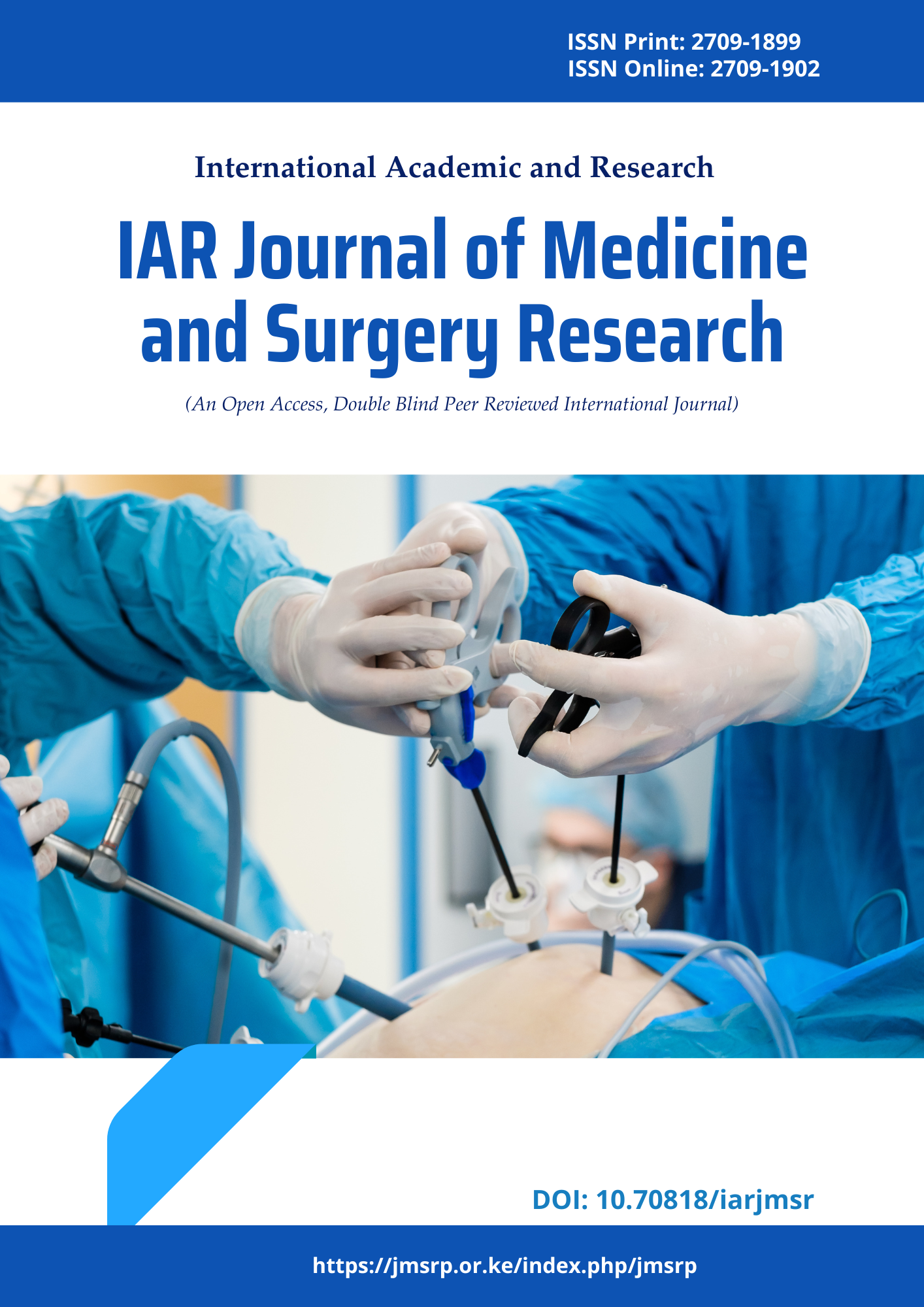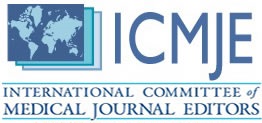Fine Needle Aspiration Cytology of Lymphnodes: A Hospital Basedstudy in a Tertiary Health Care Center in Southern Odisha
DOI:
https://doi.org/10.47310/iarjmsr.2023.V04i02.02Keywords:
FNAC, lymphadenopathy, Tubercular lymphadenitis, reactive lymphadenitis, metastatic lesions.Abstract
Introduction: FNAC is widely accepted the most accurate sensitive, specific, cost-effective minimally invasive OPD technique to establish the basic diagnostic information not only to relieve the anxiety of the patients but also to provide materials for microbial culture, and decrease unnecessary surgery from the visibly accessible superficial masses. It also distinguishes a benign from a malignant entity that can obtain tissue for immuno-phenotyping & molecular studies and obtain cellular & genetic material for storage also useful for staging and follow up including response to treatment in patients with known malignancies. Our study was conducted on 796 Outpatients including all age groups & sexes presenting with palpable enlarged lymph nodes not only for early diagnosis & treatment but also to reveal the burden of various categories of diseases in tribal areas where our institution is situated. Material & methods: FNAC was performed under aseptic precaution using a 22 to 24 Gauge needle attached to a 20CC disposable syringe. The aspirated material after smearing was treated with 95% ethyl alcohol for fixation and stained with H& E and Papanicolaou stain & air-dried smears are stained with Leishman stain. Modified Z-N stain was done wherever necessary followed by diagnosis based on clinic cytomorphological features. Result: Out of 796 cases the most common cause of lymphadenopathy in our study was found to be Tubercular lymphadenitis with 360 (45.22%) cases, the second most frequent entity was reactive lymphadenitis in 277(34.79%) cases followed by metastatic lesions in 47 (5.90%) cases and lymphoma 17 (2.13%) cases. Conclusion: FNAC is a simple, safe, reliable, and inexpensive method for early detection of various non-neoplastic (lymphadenitis) & neoplastic lesions (lymphoma & metastatic carcinoma) of enlarged lymph nodes which helped diagnose approximately 99% of cases.
















